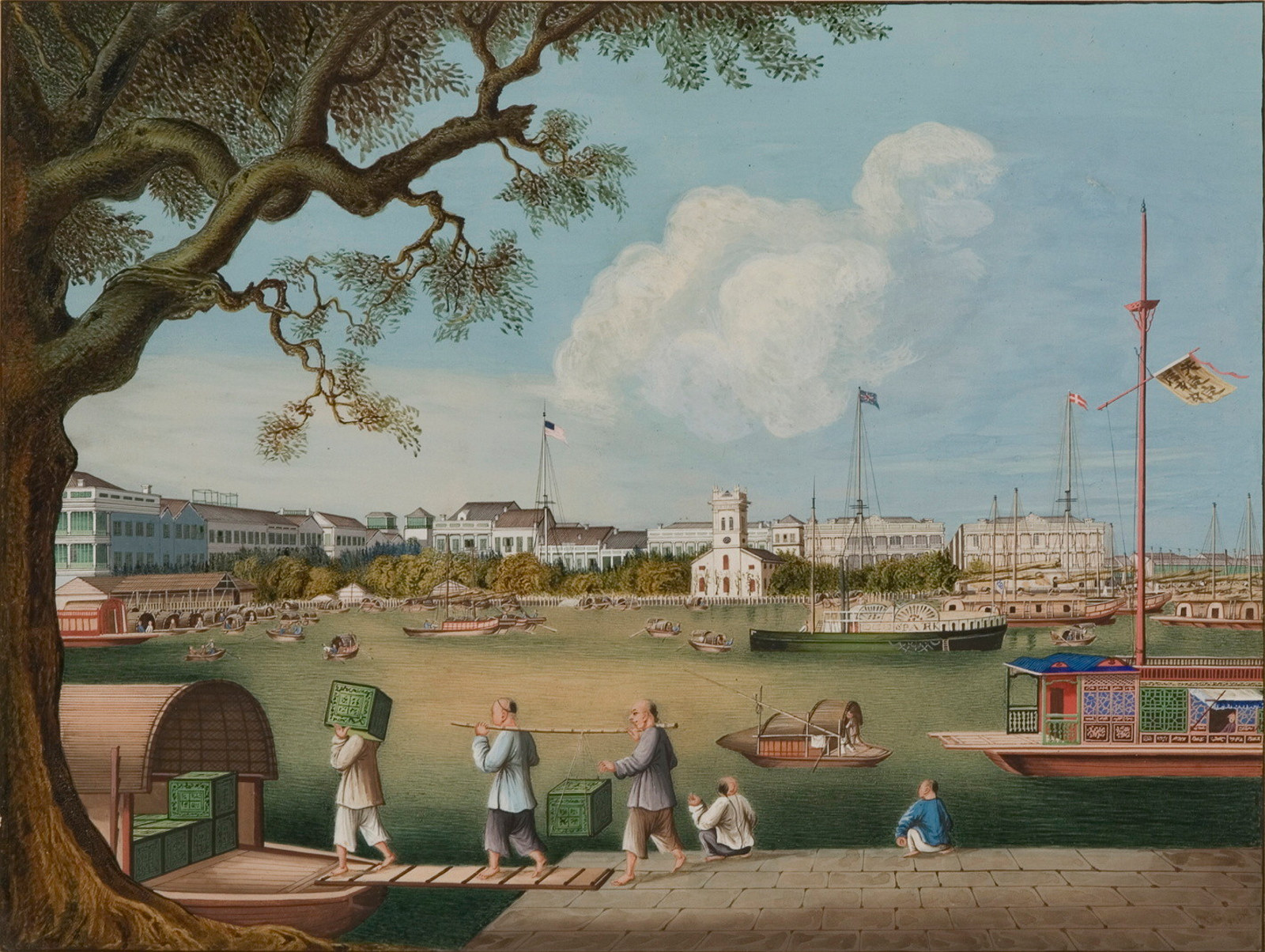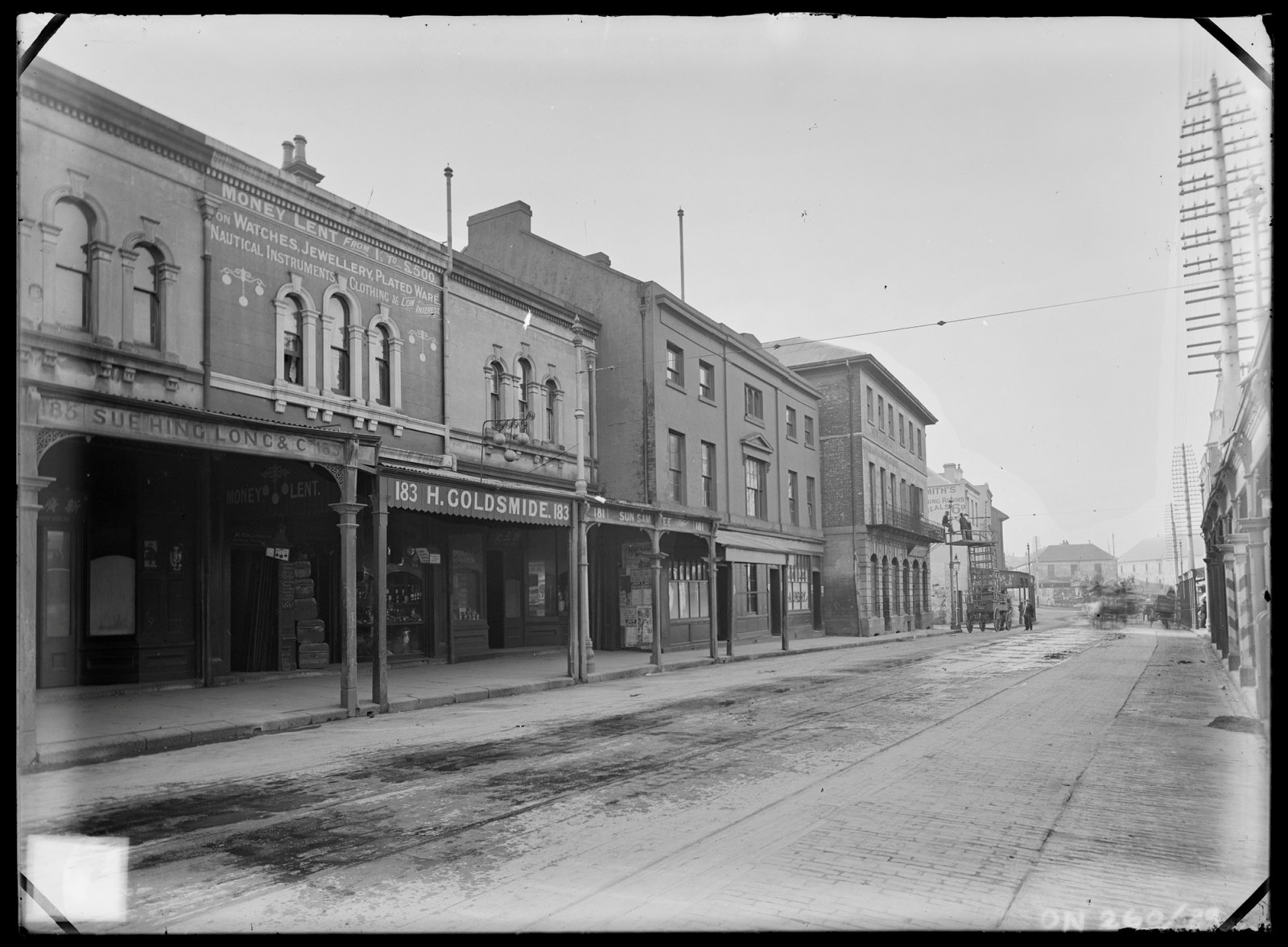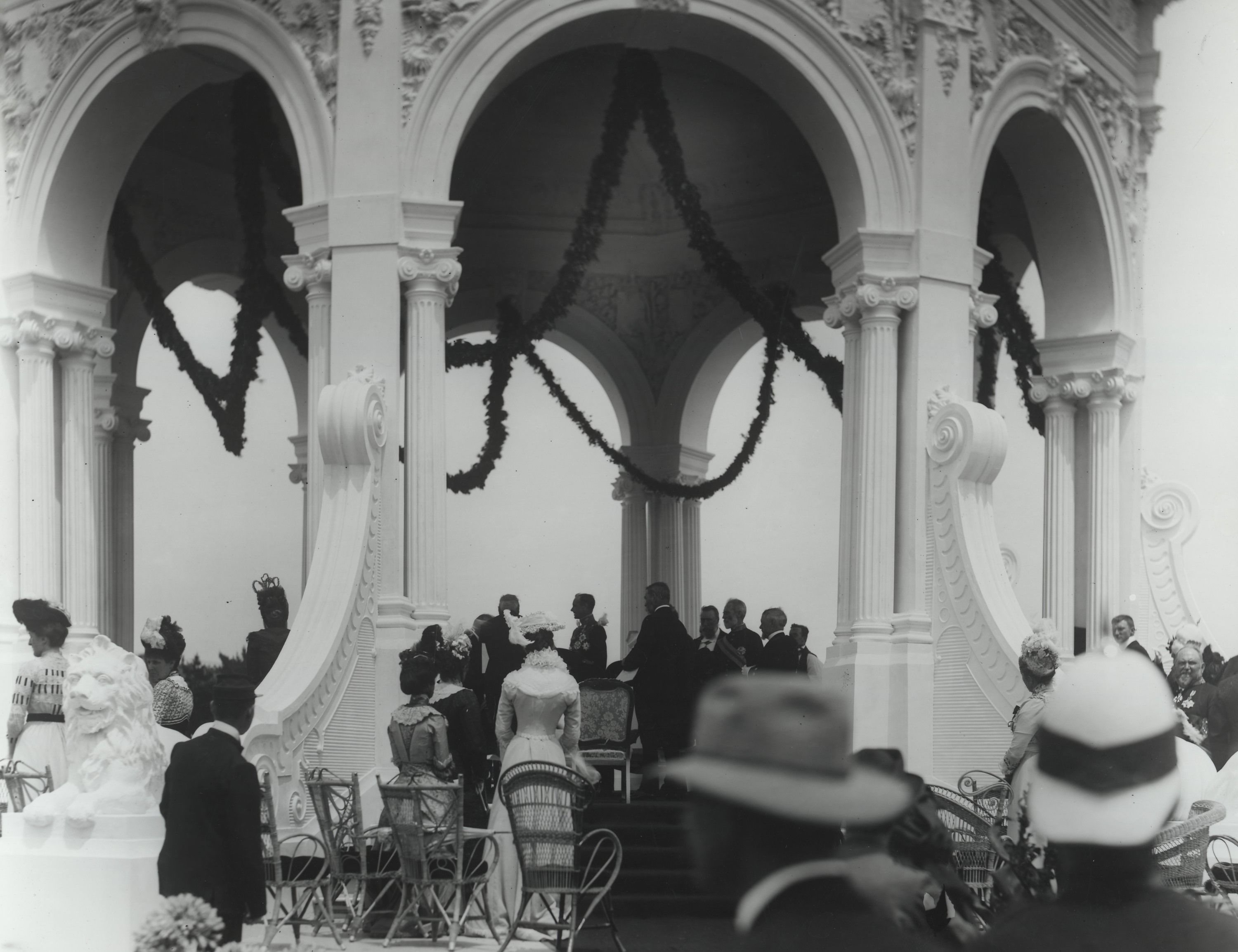Chinese on the goldfields
By the early 1850s, news of a gold rush in Australia had reached southern China, sparking an influx in Chinese migration to Australia.
It is thought that approximately 7000 Chinese people came to work at the Araluen gold fields in southern NSW. The Chinese miners often worked in organised groups of 30 to 100 men under the direction of a leader, which resulted in their gold digging efforts being very successful.
Conflict between the Chinese and Europeans on the goldfields stemmed from the European miners’ resentment of these successes.
This ongoing tension and resentment from the European gold miners came to a head in the Lambing Flat Riots, a series of violent anti-Chinese demonstrations in the Burrangong region of NSW.
Goldmining at that time was a man’s game, no more so than among the Chinese. By 1880, there were still less than a hundred Chinese women in the colony, alongside a population of 10,000 Chinese men. However, Chinese men were not necessarily without female company.
By the 1880s, in NSW, there was a strong anti-Chinese sentiment and many people didn’t want Chinese immigrants to live here.
There were many reasons for this, they might have not wanted them to work on the goldfields, taking the fortunes of Europeans, or they might not have wanted them to start furniture factories that competed with European jobs.
One of the concerns that Sydneysiders had during this period of time about Chinese immigrants was that they were bringing disease and smallpox into the country.
Newspapers at that time often ran inflammatory materials, designed to be shocking, scary and give Chinese immigrants a bad reputation. It is discriminatory and racist, but during the 19th century people had different values and attitudes about what was acceptable.
It’s also important to understand that not all people thought this way; there were people who also thought Chinese immigrants were upstanding citizens – people who worked hard, started businesses, employed Europeans and showed exceptional generosity.
Trade
Until 1750s China had been a mysteriously isolated nation from the rest of the world when the Chinese Emperor first allowed foreign traders to establish warehouses in Canton.
China’s tea, silk and sugar were also in high-demand in European countries, but the Chinese wanted very little of what the Europeans could offer in return – they wanted silver. The British economy was based on gold, so it meant they had to buy the silver (which was expensive) before they could trade.
This created a trade imbalance, and China had a strong upper hand. To try and reverse this imbalance the British began to increase the amount of the addictive drug opium that they sold to China because there was a local demand for it. Opium came from British controlled India, so it was easy and cheap for them to access.
The Chinese Emperor saw this as a threat to his people and tried to ban it, ordering the seizure of the goods and restricting foreign trade. This led to war with European powers (known as the Opium Wars) in which the Chinese were heavily defeated by strong and industrialised military forces.
As a result European powers forced their way into new areas of China (Hong Kong), dramatically expanding their control over trade in and out of that region.
Chinese immigration to NSW & reaction (1840-60)
By the 1840s Chinese men were trying to come to Australia because war, political instability and environmental conditions were making life hard in southern China.
Once here they did a lot of the hard, physical agricultural work that was required as the colony continued to grow – work that had previously been done by convicts. The first contracted workers arrived in 1848 and all up around 3000 had arrived by 1853.
This practice of importing cheap labour was not unique to Australia during the 19th century – for example the Transcontinental Railway in the USA was built by Chinese labourers on work contracts as was the Canadian Pacific Railway.
After gold was discovered in NSW thousands more Chinese tried to come; as their numbers continued to grow, sections of the European population resented and questioned their presence in the colony.
From the 1860s government legislation was used to try and restrict Chinese people arriving and in 1861 the NSW Gov. passed the ‘Chinese Migration Act’, which introduced a tariff for Chinese people only.
Anti-Chinese legislation in NSW (1861-1880s)
By the 1880s anti-Chinese sentiment in NSW was very strong. For example, the premier at the time – Henry Parkes – reflected the view held by many when he stated: “There can be no…intermarriage or social communion between the British and the Chinese.” (H. Parkes – 1888)
In 1888 his government passed The Chinese Restriction and Regulation Act –‘to [protect] the Colony from dangers of Chinese immigration’.
In 1889 it passed the Immigration Restriction Act, which required any prospective immigrant to write out a passage in a ‘European language’ chosen by the immigration officer in order to be eligible. It could be ANY European language.
Federation 1901
In 1901 the now federal government of Australia passed the Immigration Restriction Act – unified national legislation that acknowledged state/ territory’s anti-Chinese stance.
The federal Act retained the clause that an immigrant must write out a passage in a European language to be allowed to enter. It also applied the term ‘prohibited immigrant’ to those who arrived illegally or were not able to meet the strict requirements.
The Immigration Restriction Act (1901) was the beginning of what is now known as the White Australia Policy; it was not fully repealed until the 1970s.
This Act had an enormous personal impact on the Chinese community living in Australia.
*This content has been adapted from an education program run during the Celestial City exhibition.
Published on
Related
Browse all
Celestial City: Sydney’s Chinese Story
As Sydney celebrated its centenary in 1888, several boats carrying Chinese immigrants sailed through Sydney Heads into a crisis that would shape the nation. ‘Celestials’, as Chinese people were known at the time, had been arriving in Sydney under organised immigration schemes since the 1840s

King Nam Jang: A Sydney Dynasty
Boarding house, kitchen, general store and ships’ providore – King Nam Jang was a family run business that catered to the transient and permanent Sydney Chinese community for nearly 60 years

Celebrating federation
The Commonwealth of Australia was proclaimed on 1 January 1901. The Federation Pavilion in Sydney’s Centennial Park was the focus of the inauguration ceremonies and a five mile procession through the decorated streets of Sydney was greeted by large crowds
